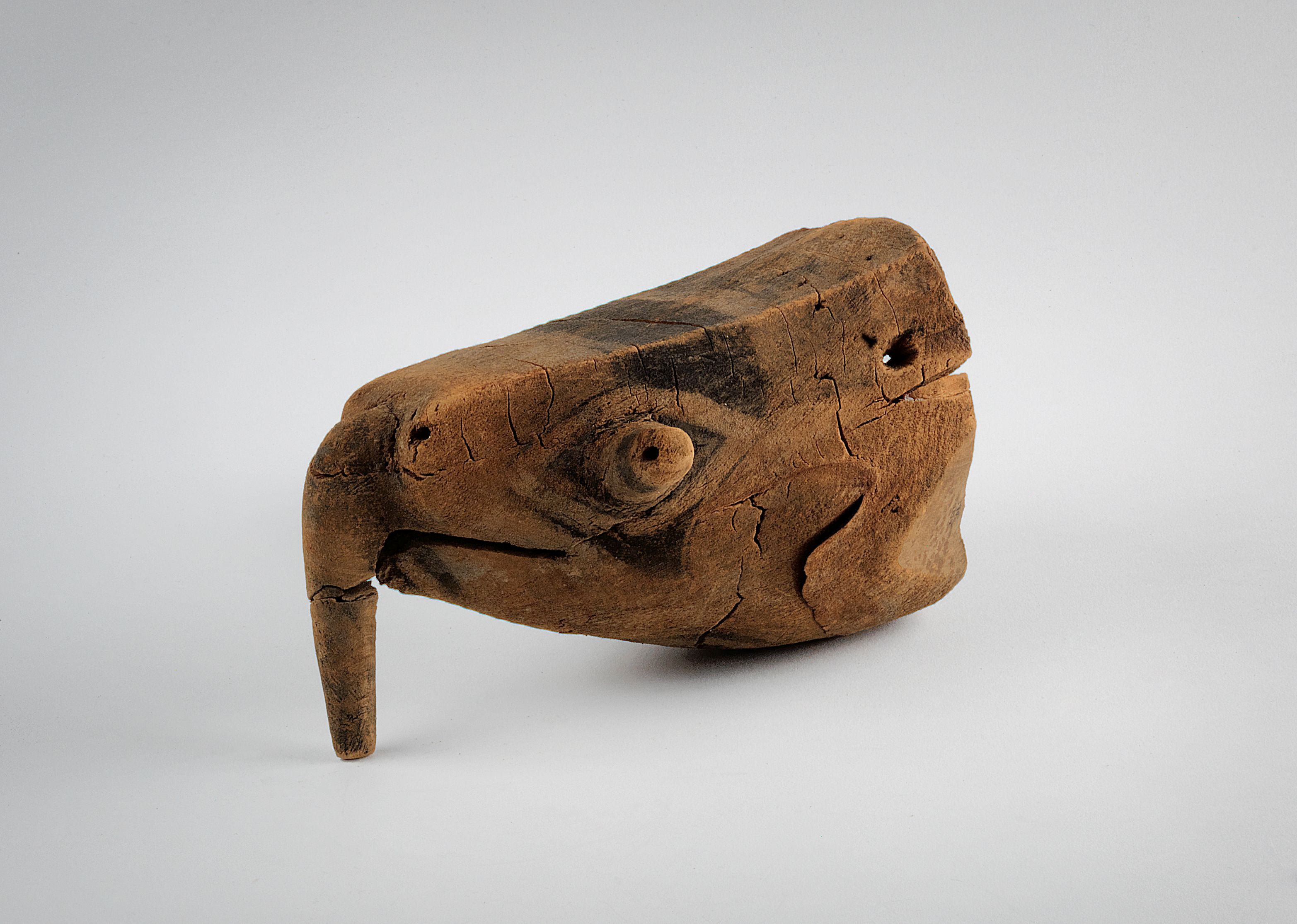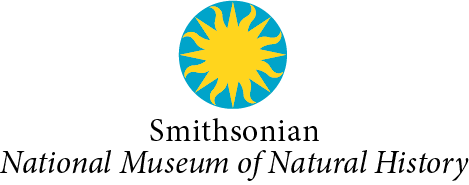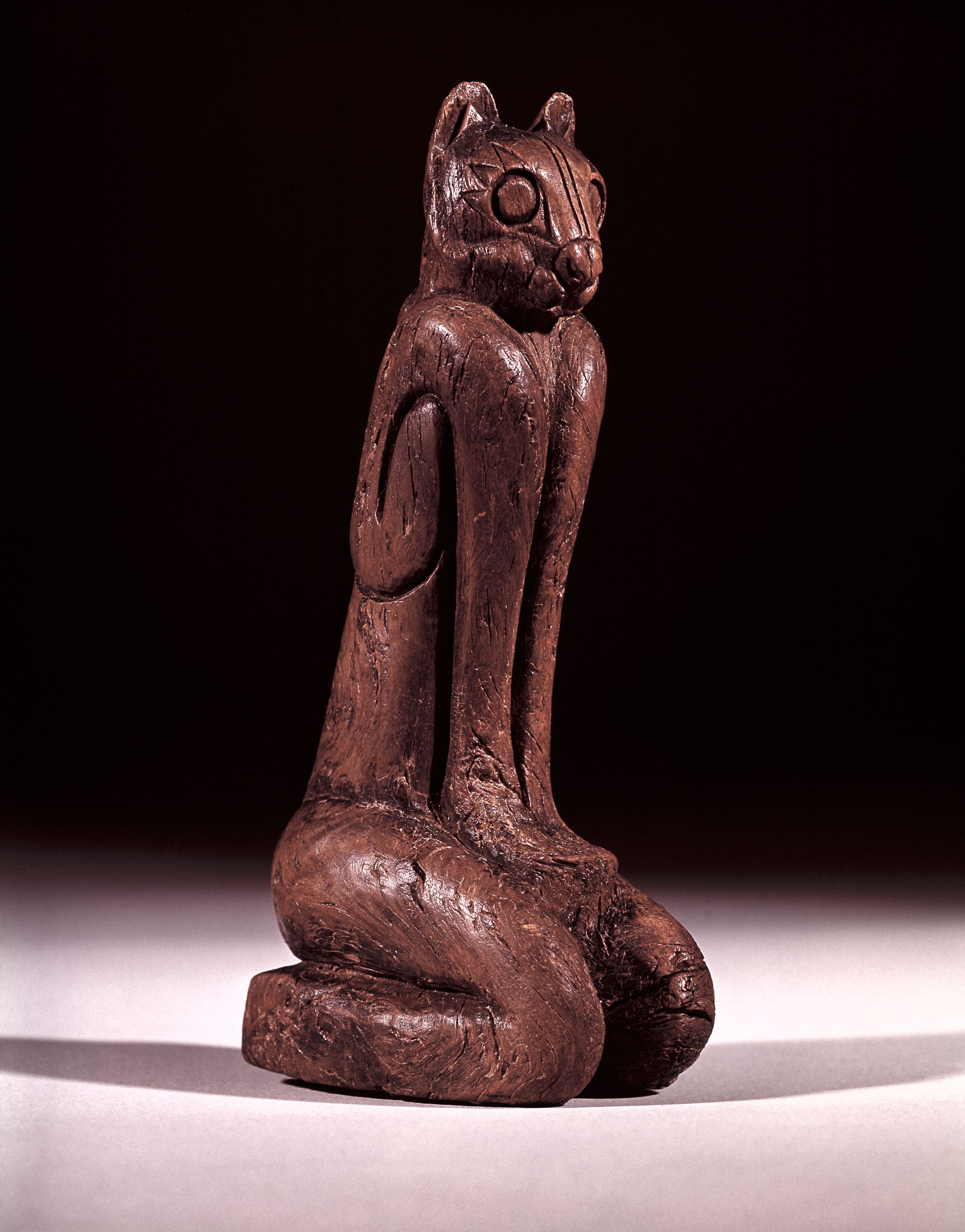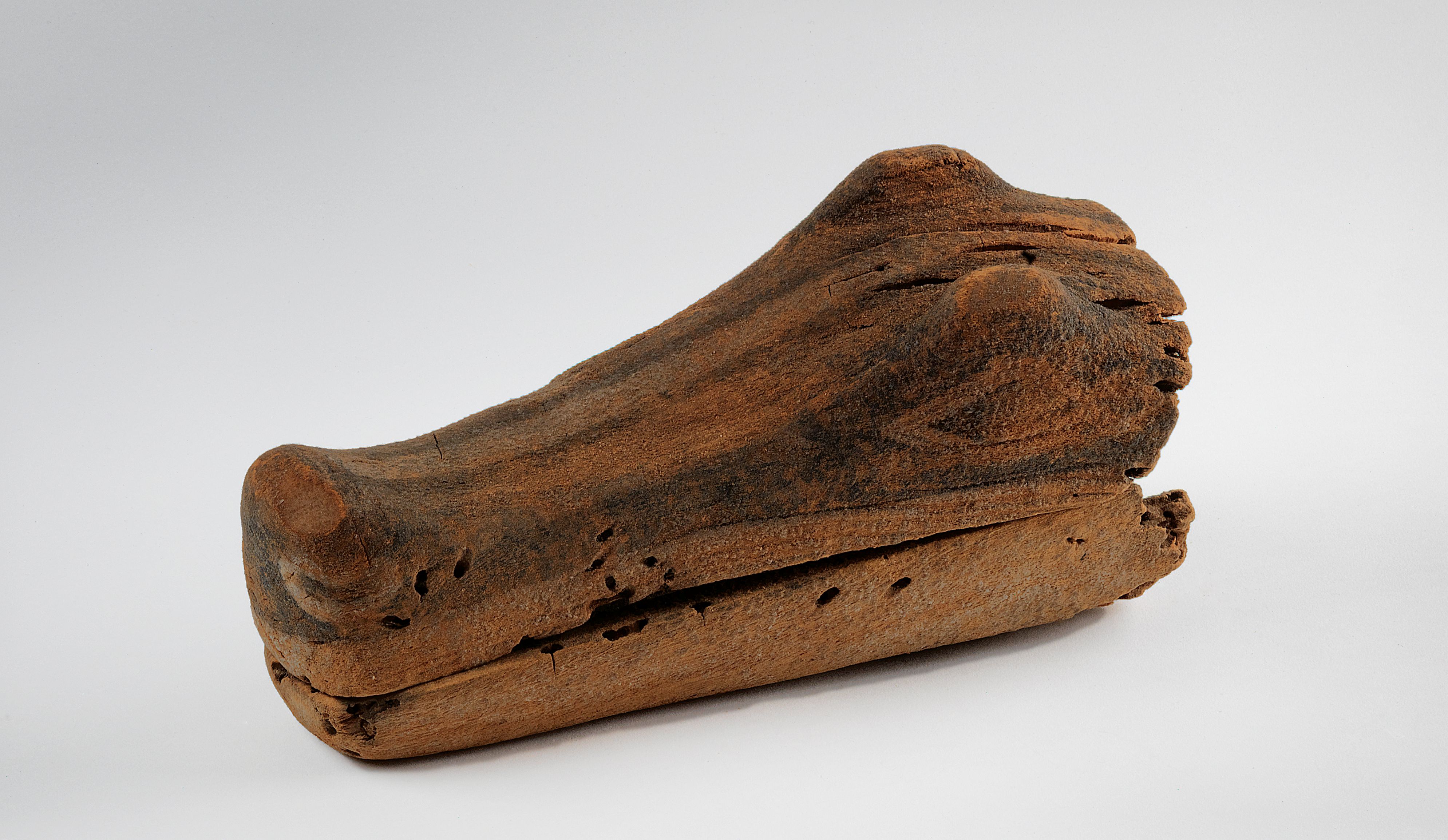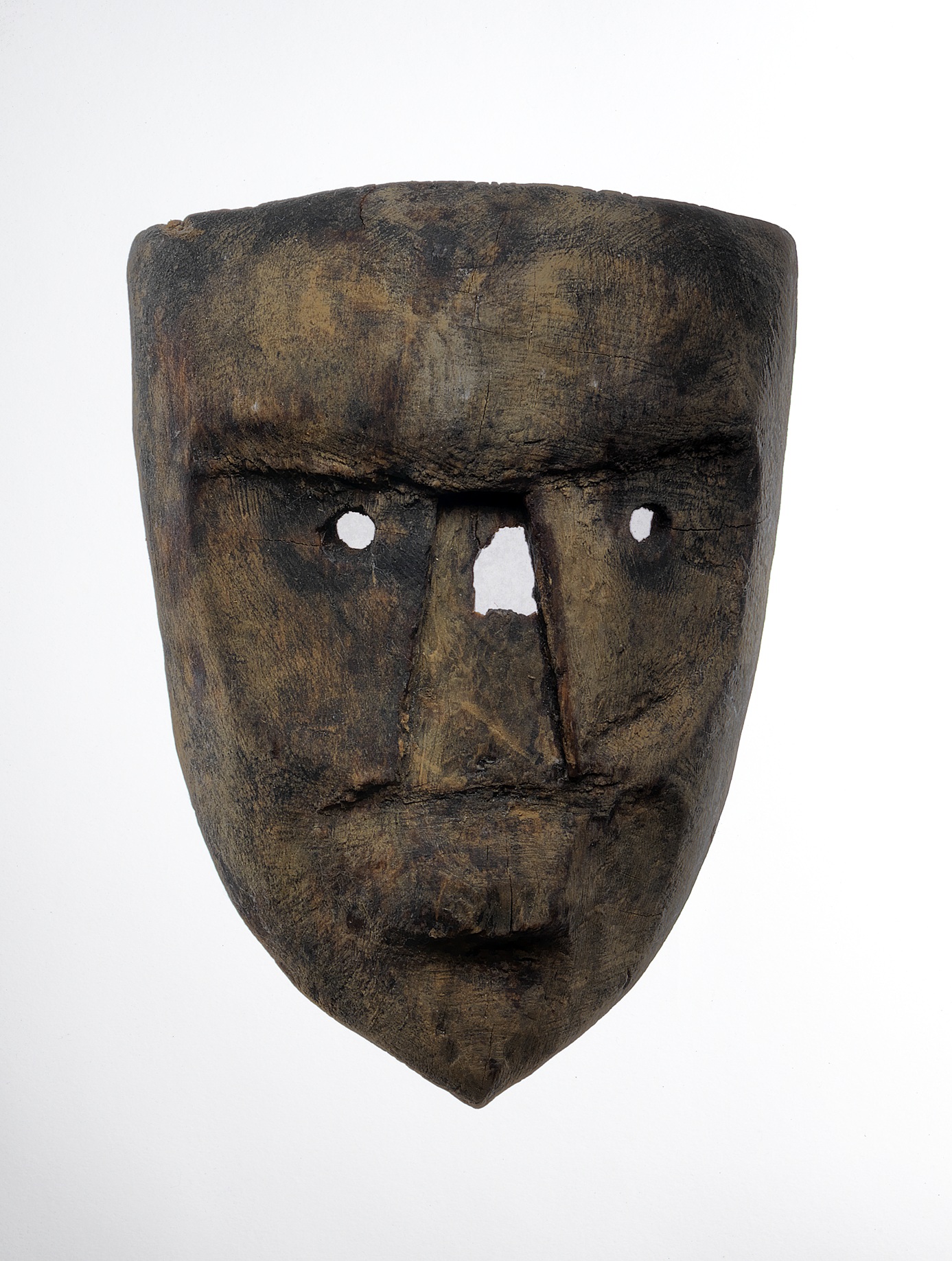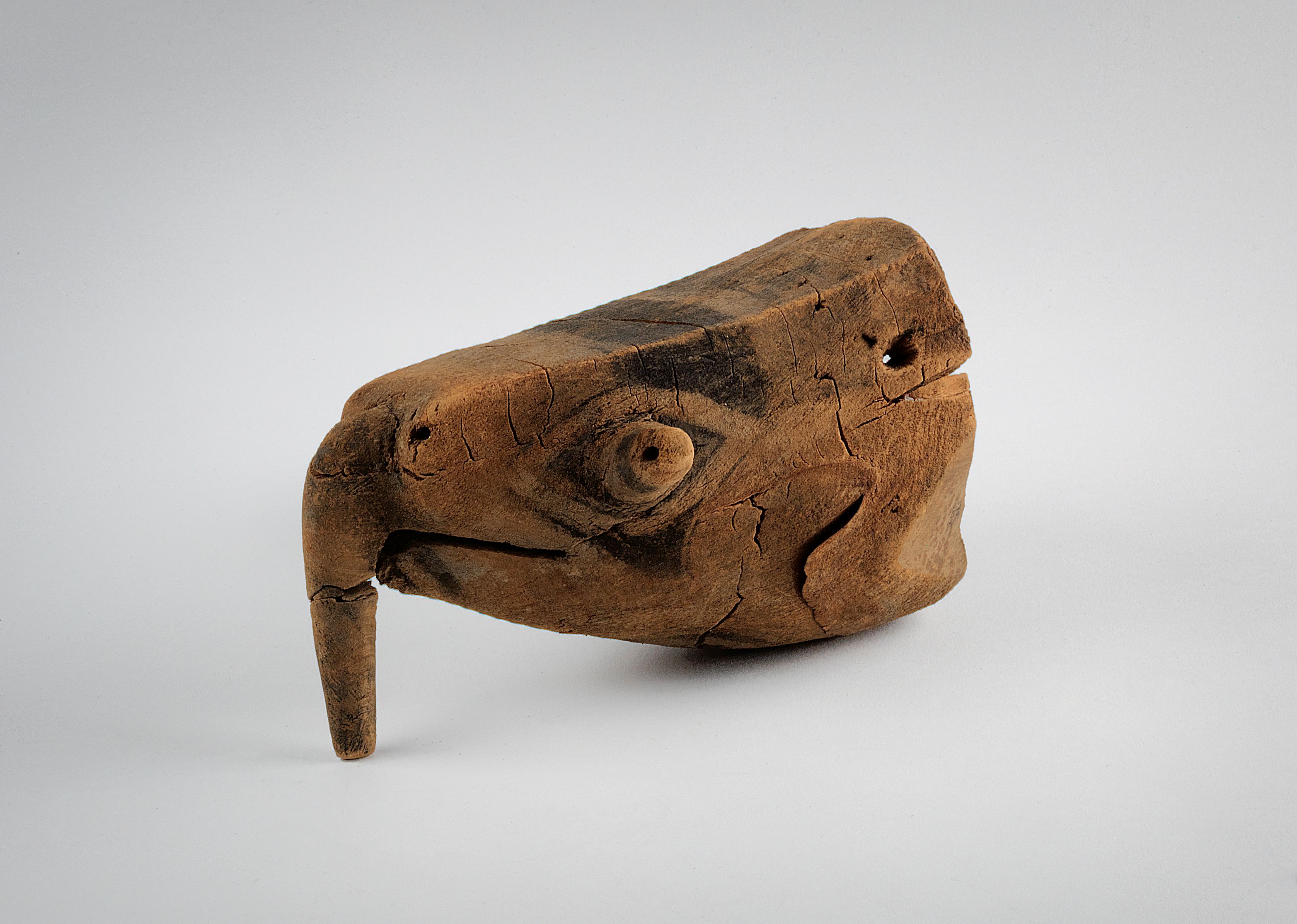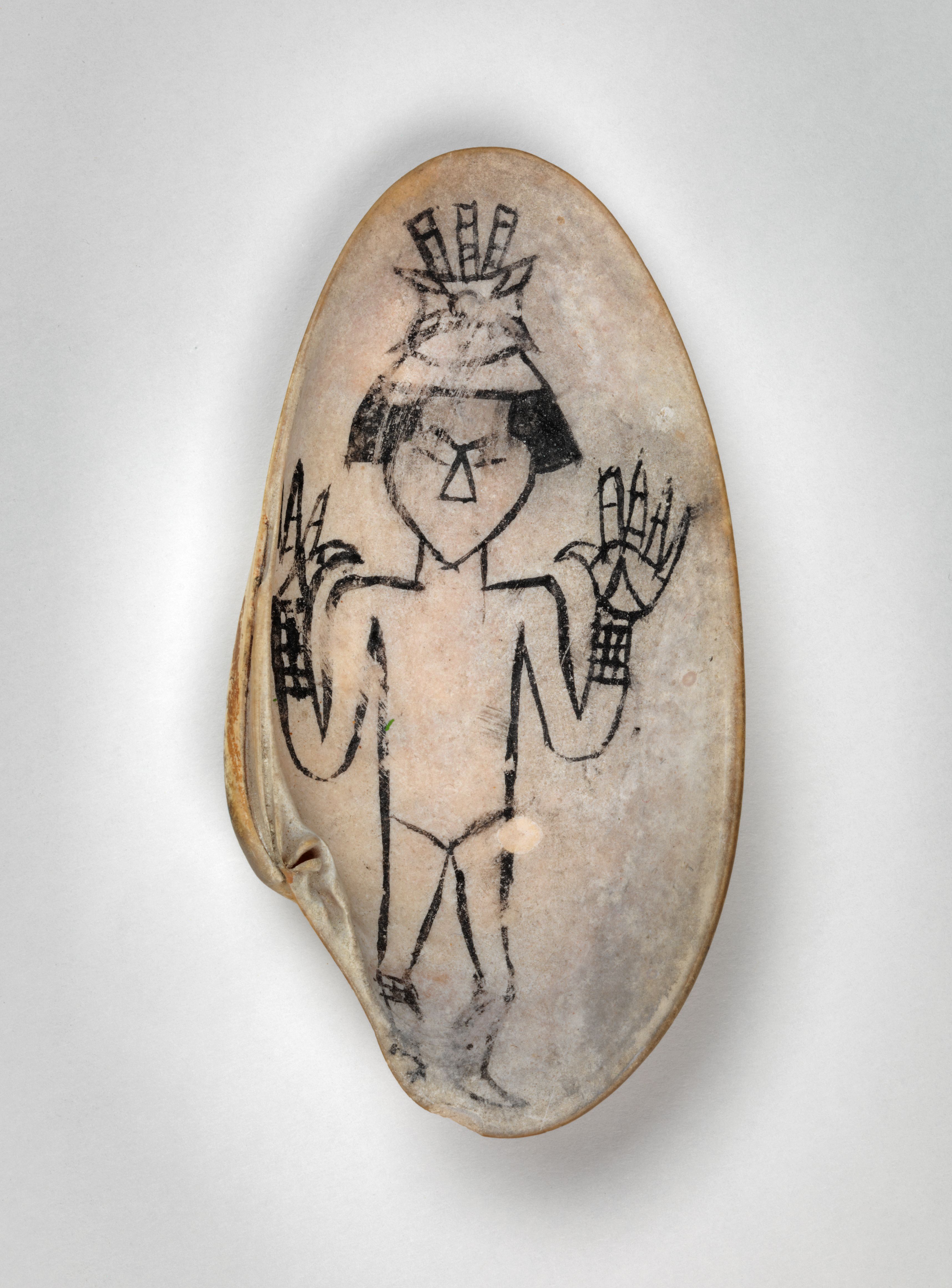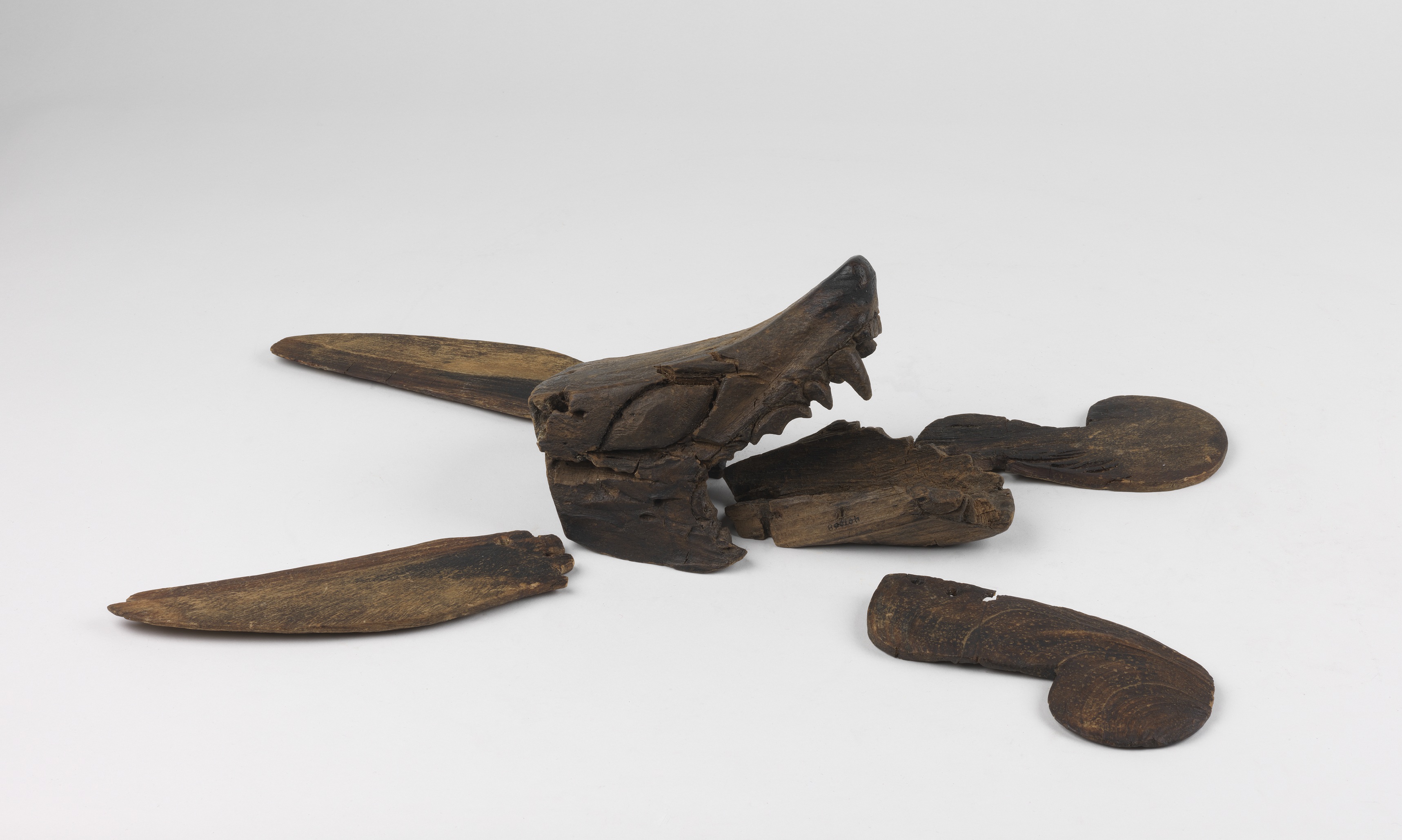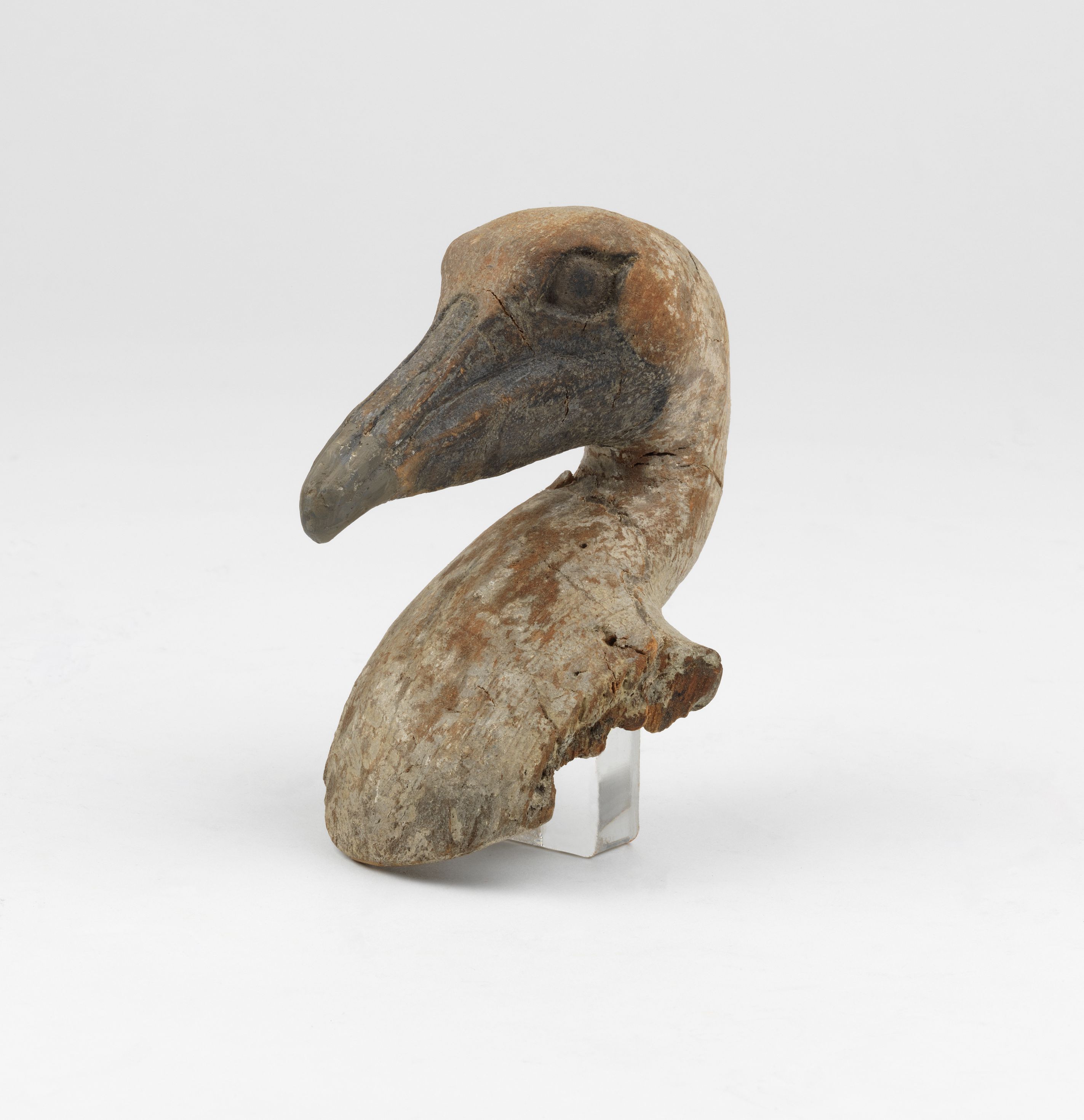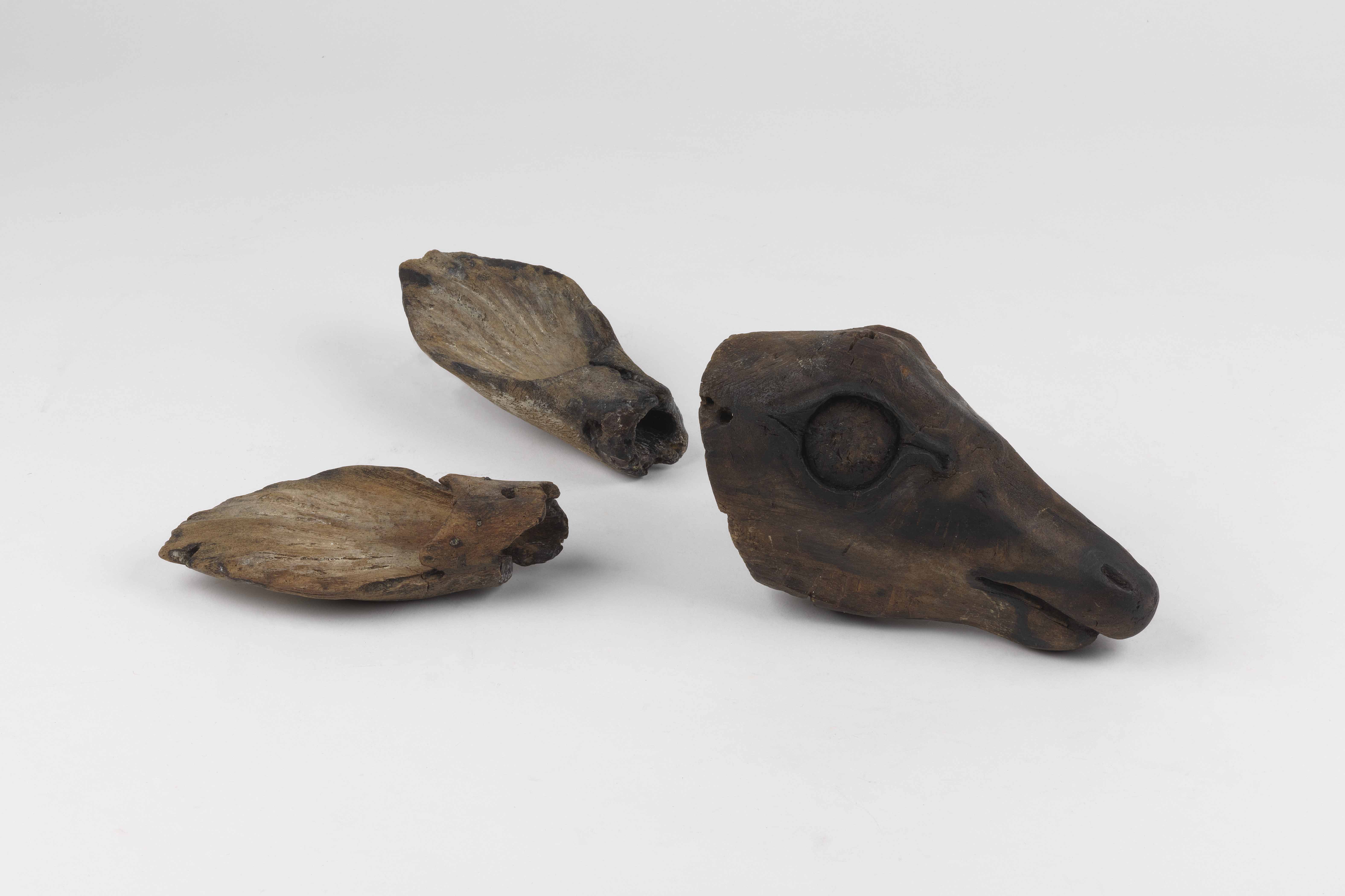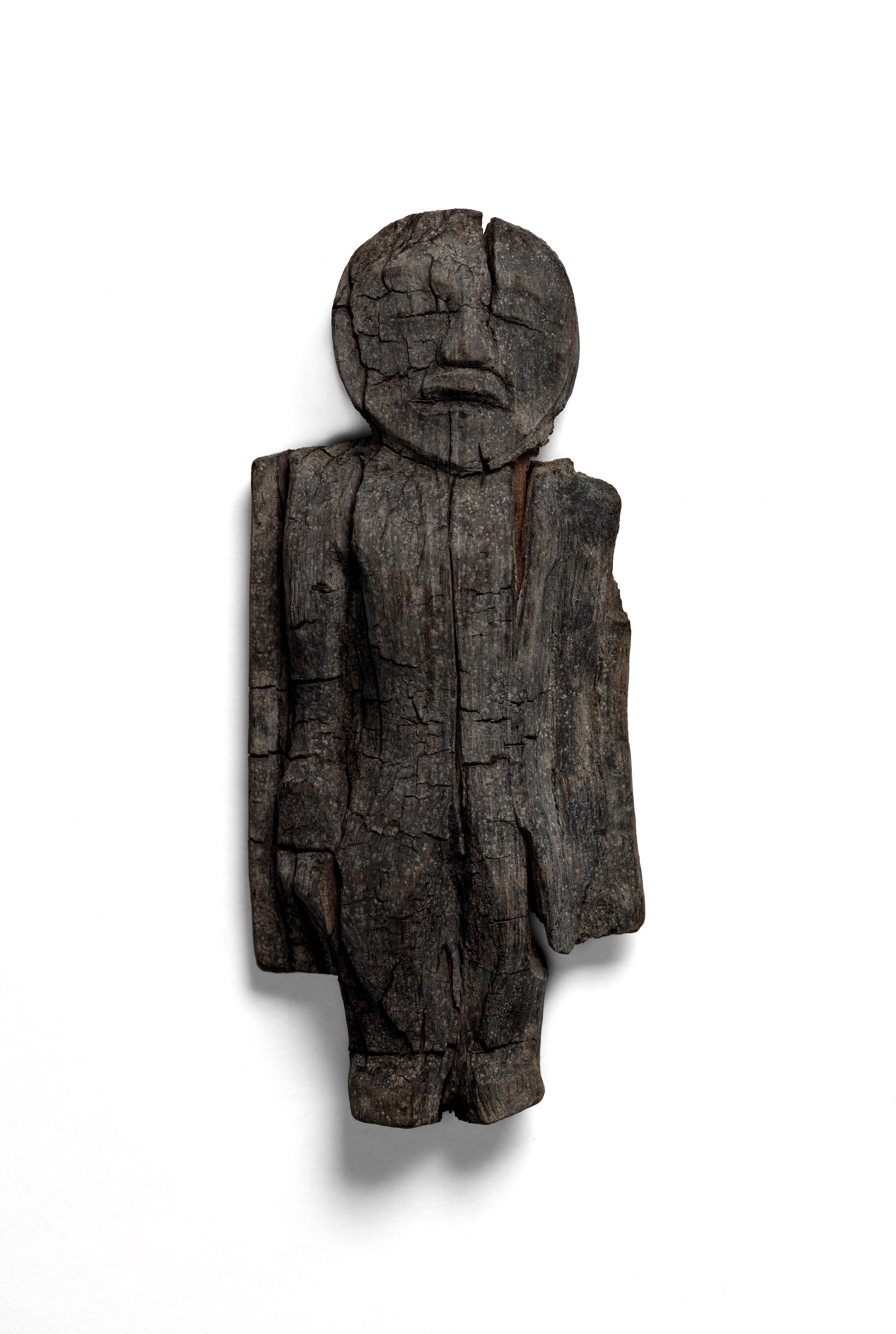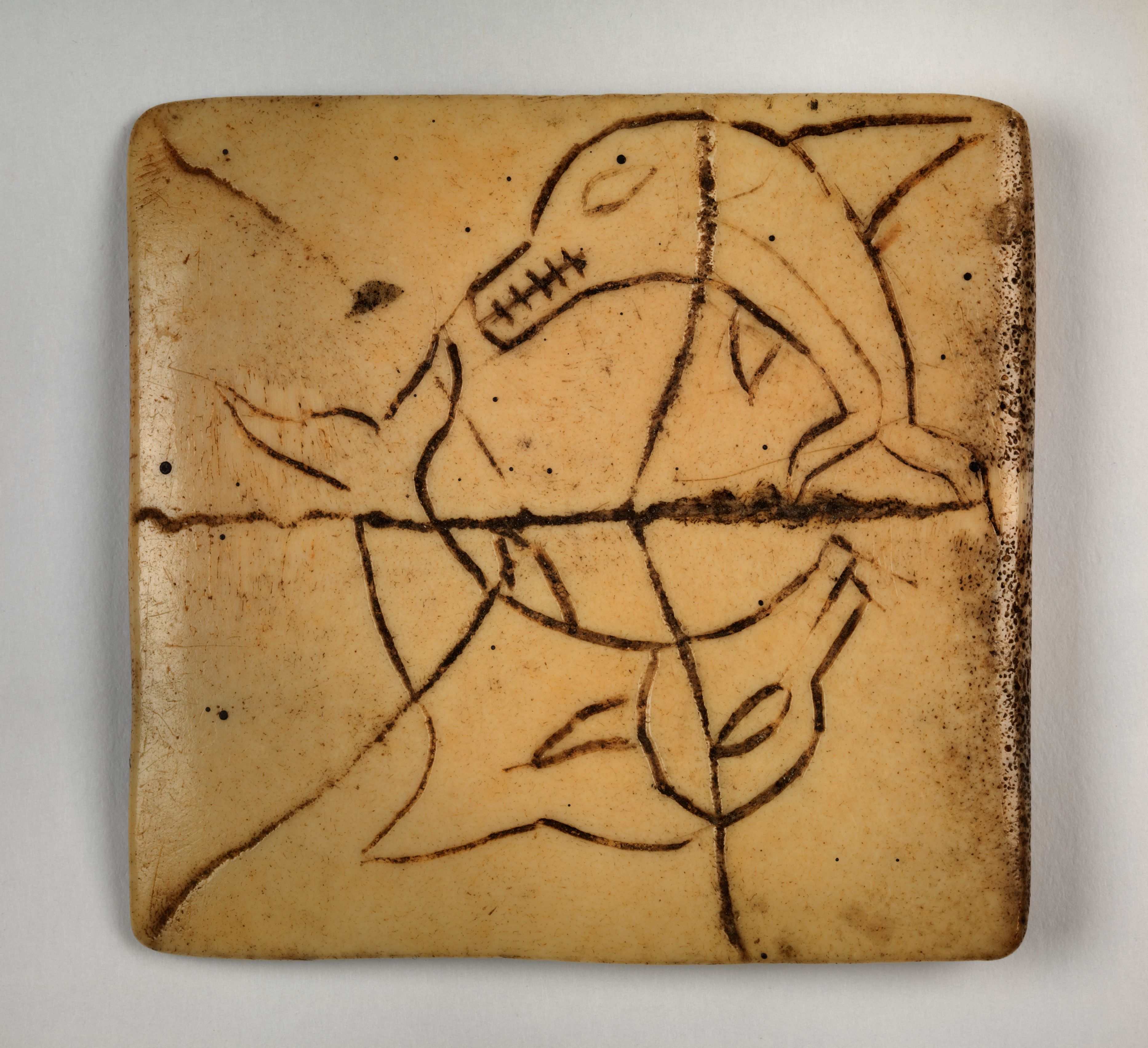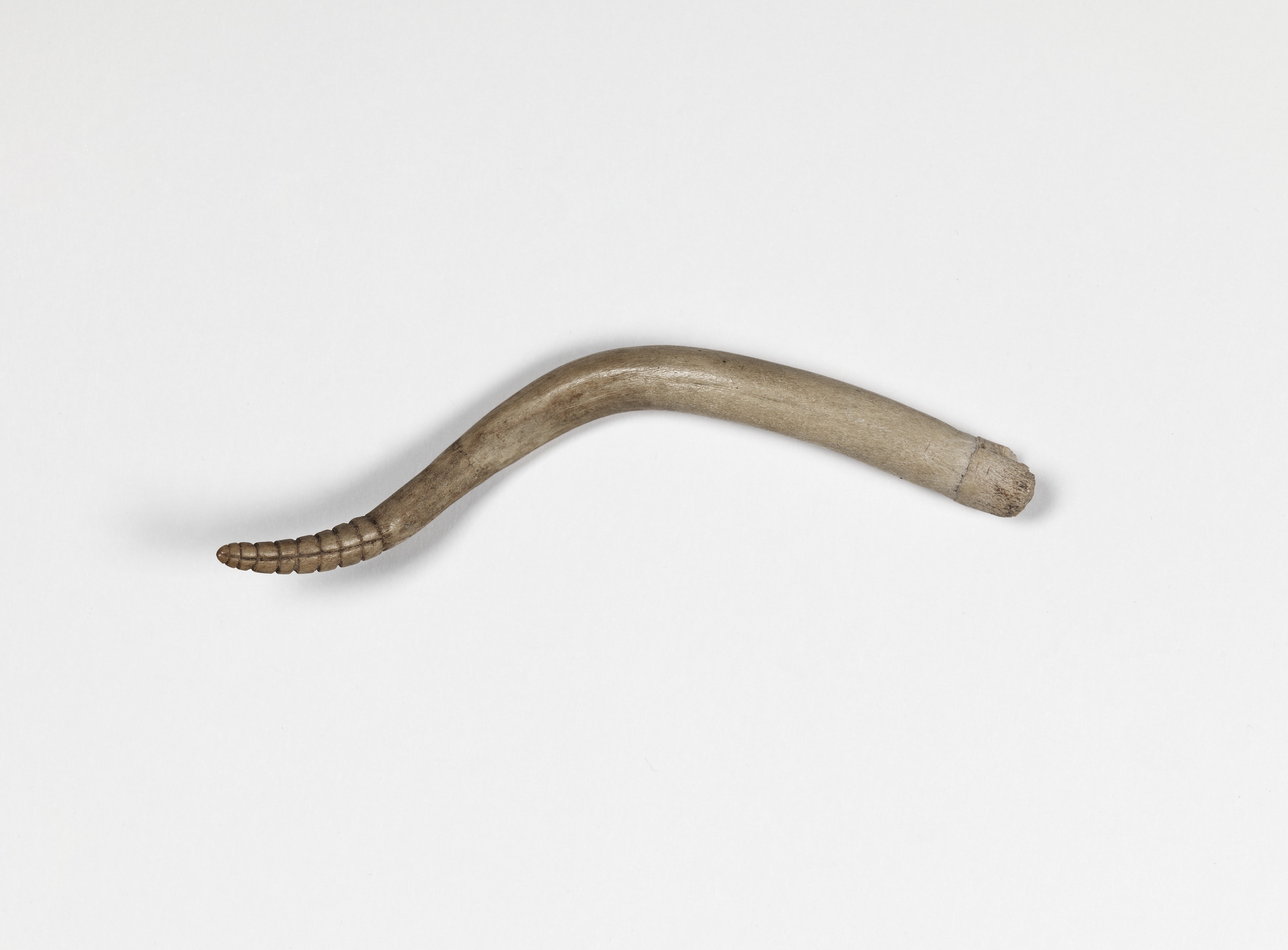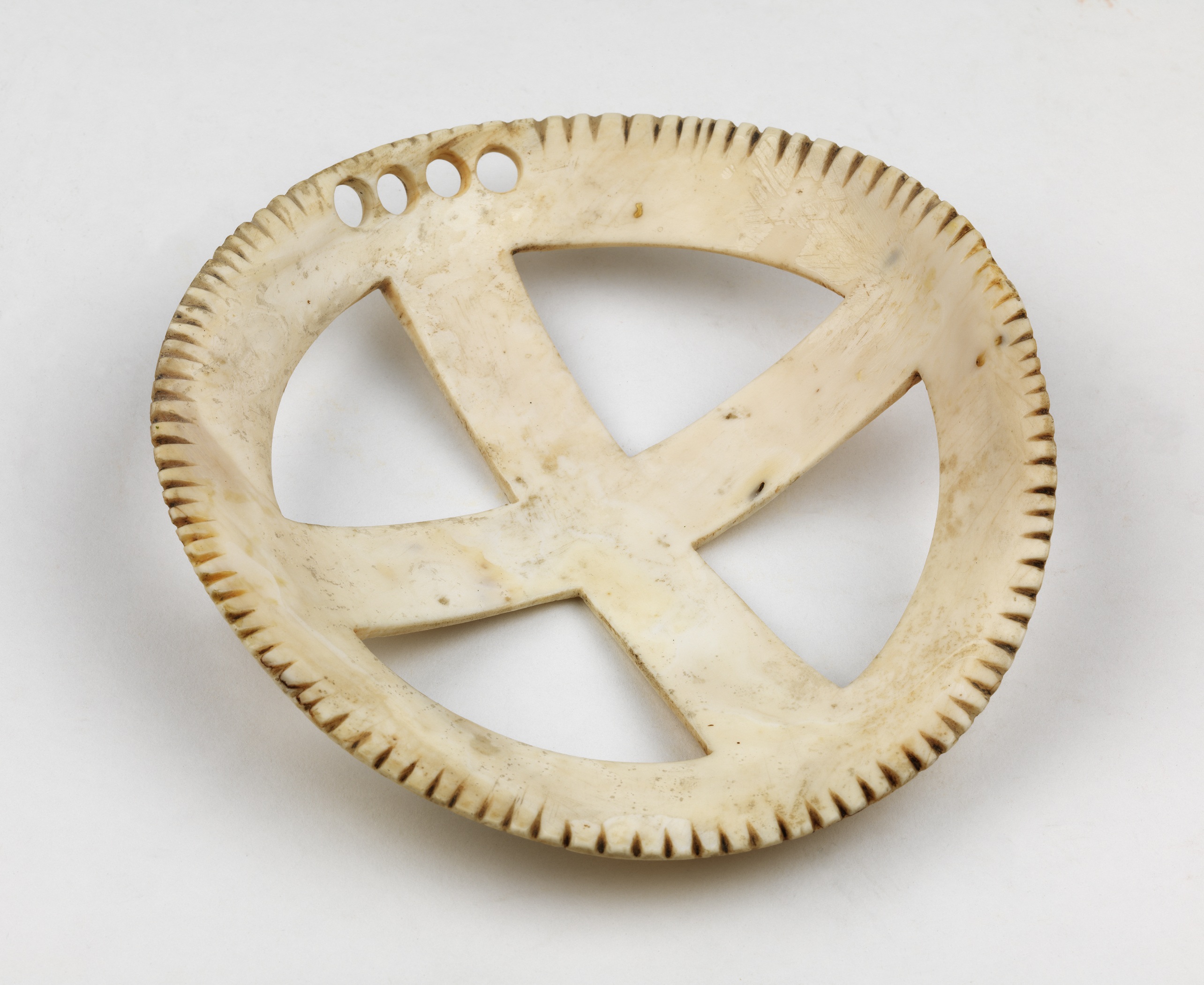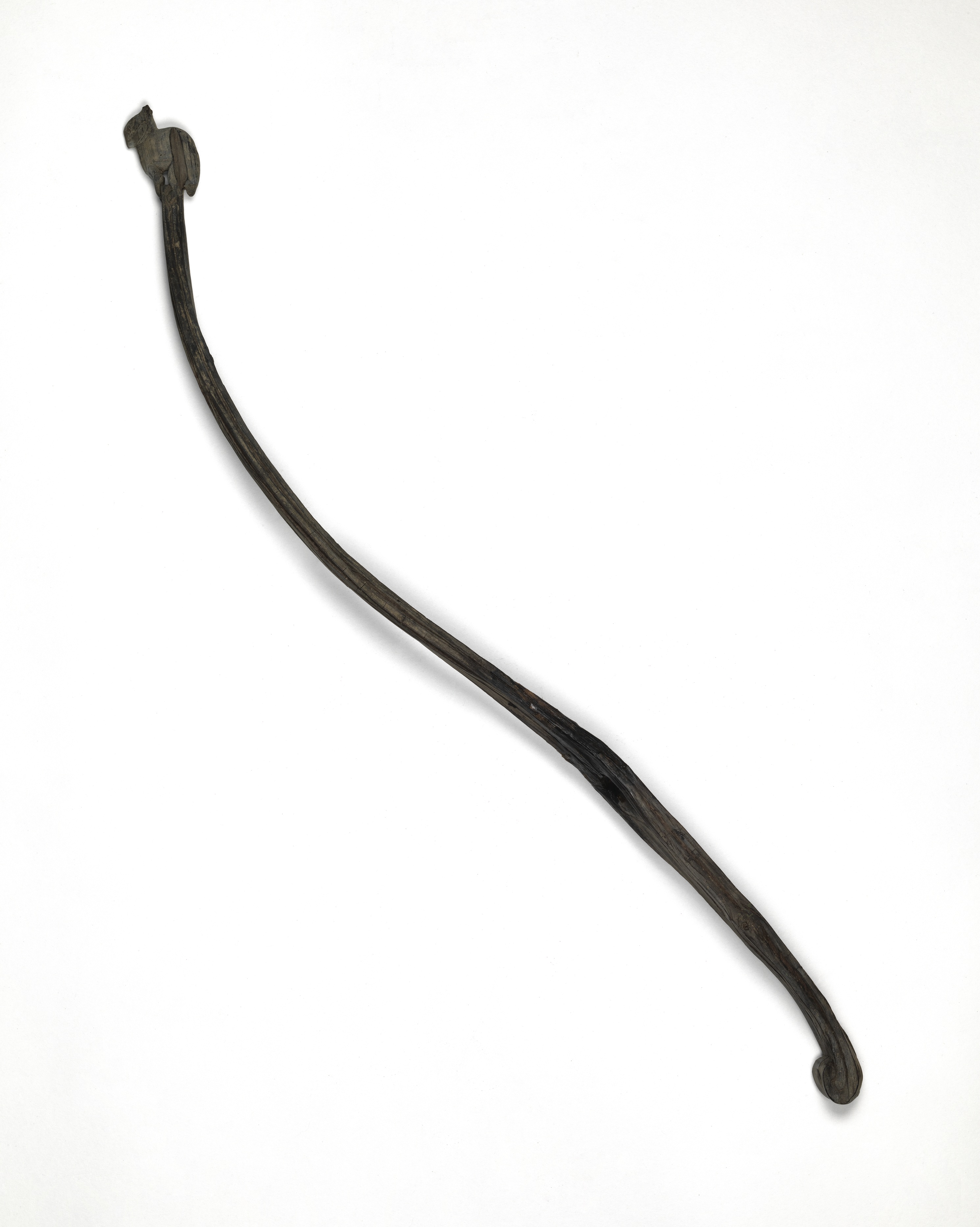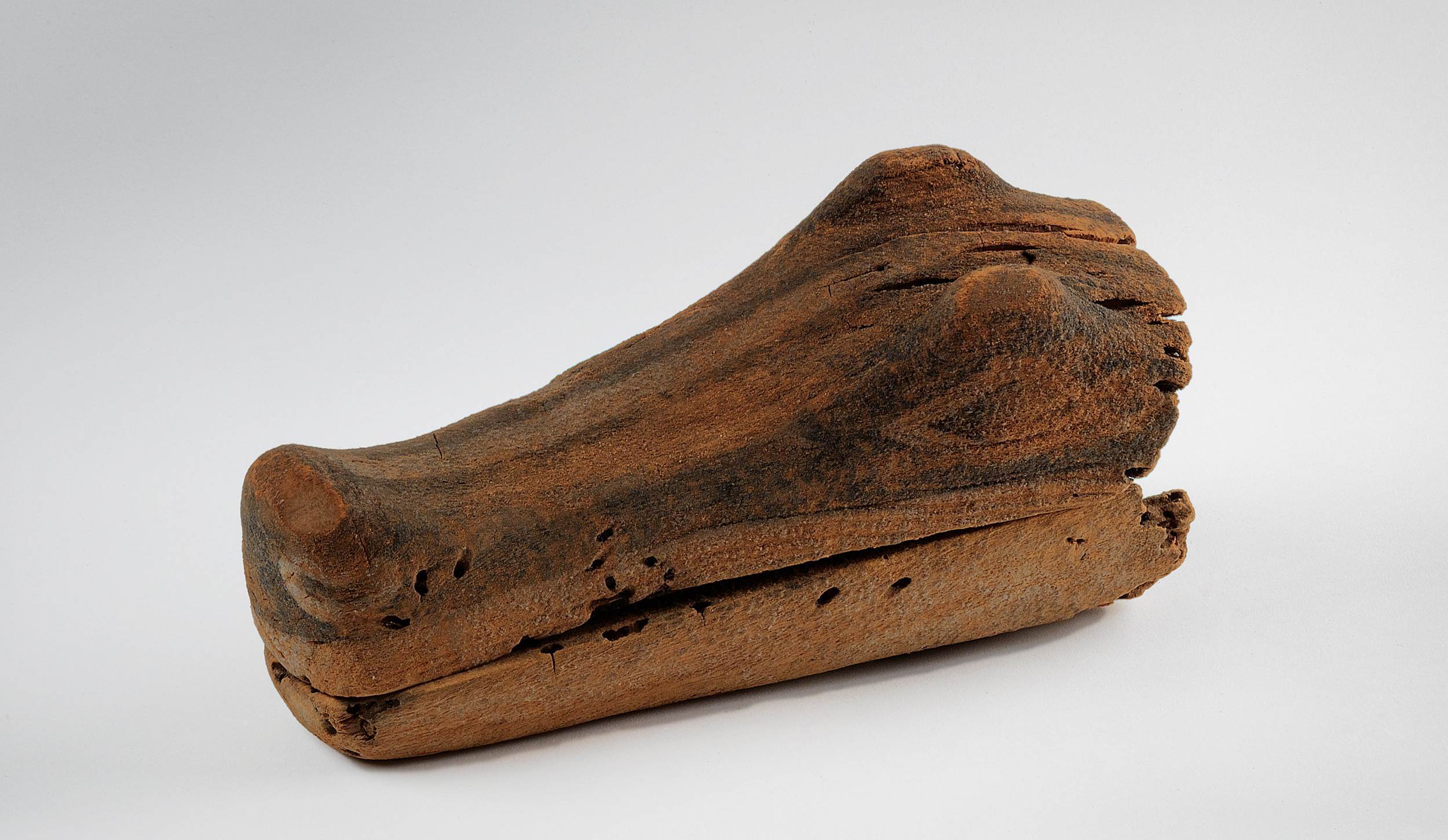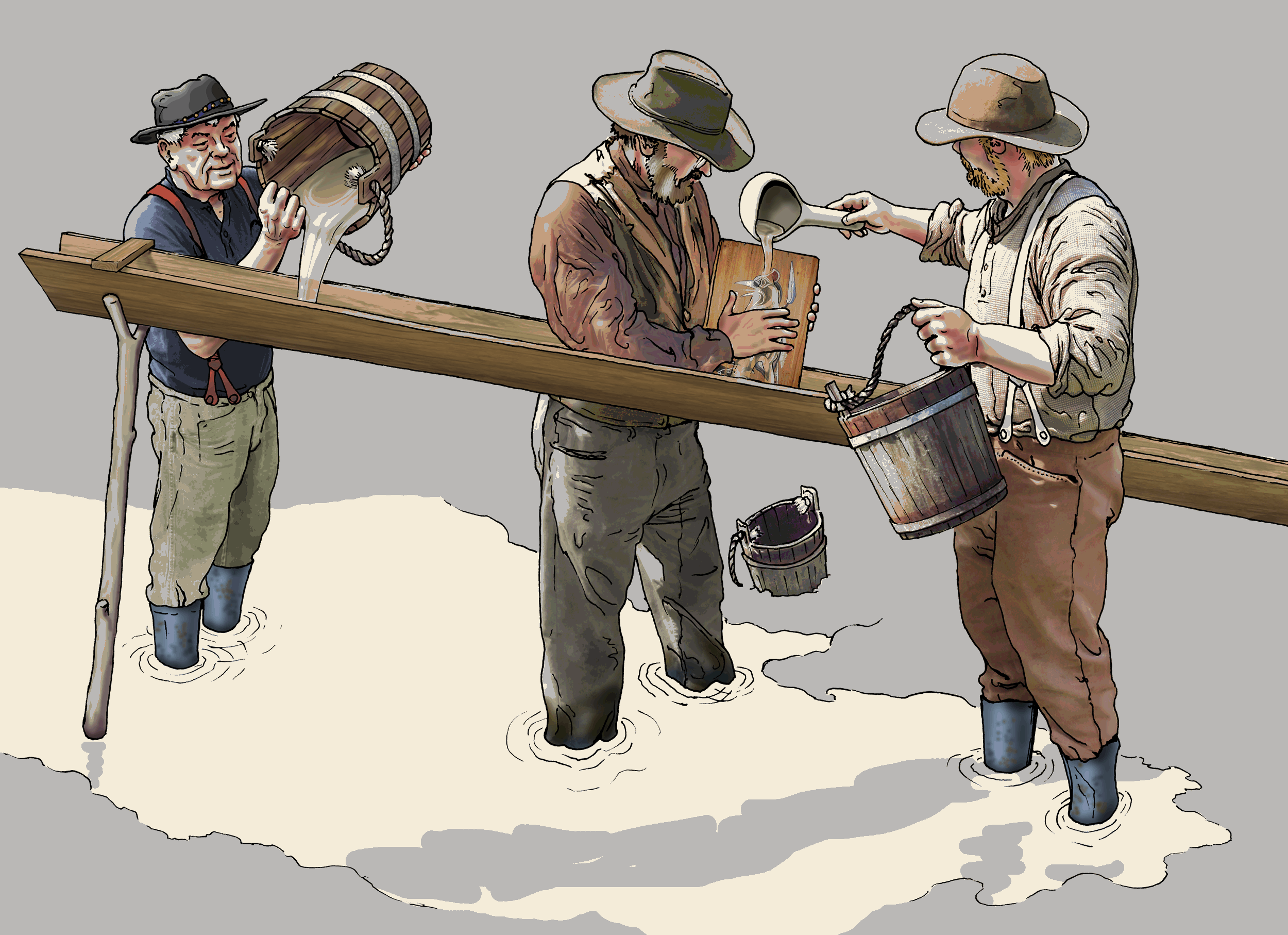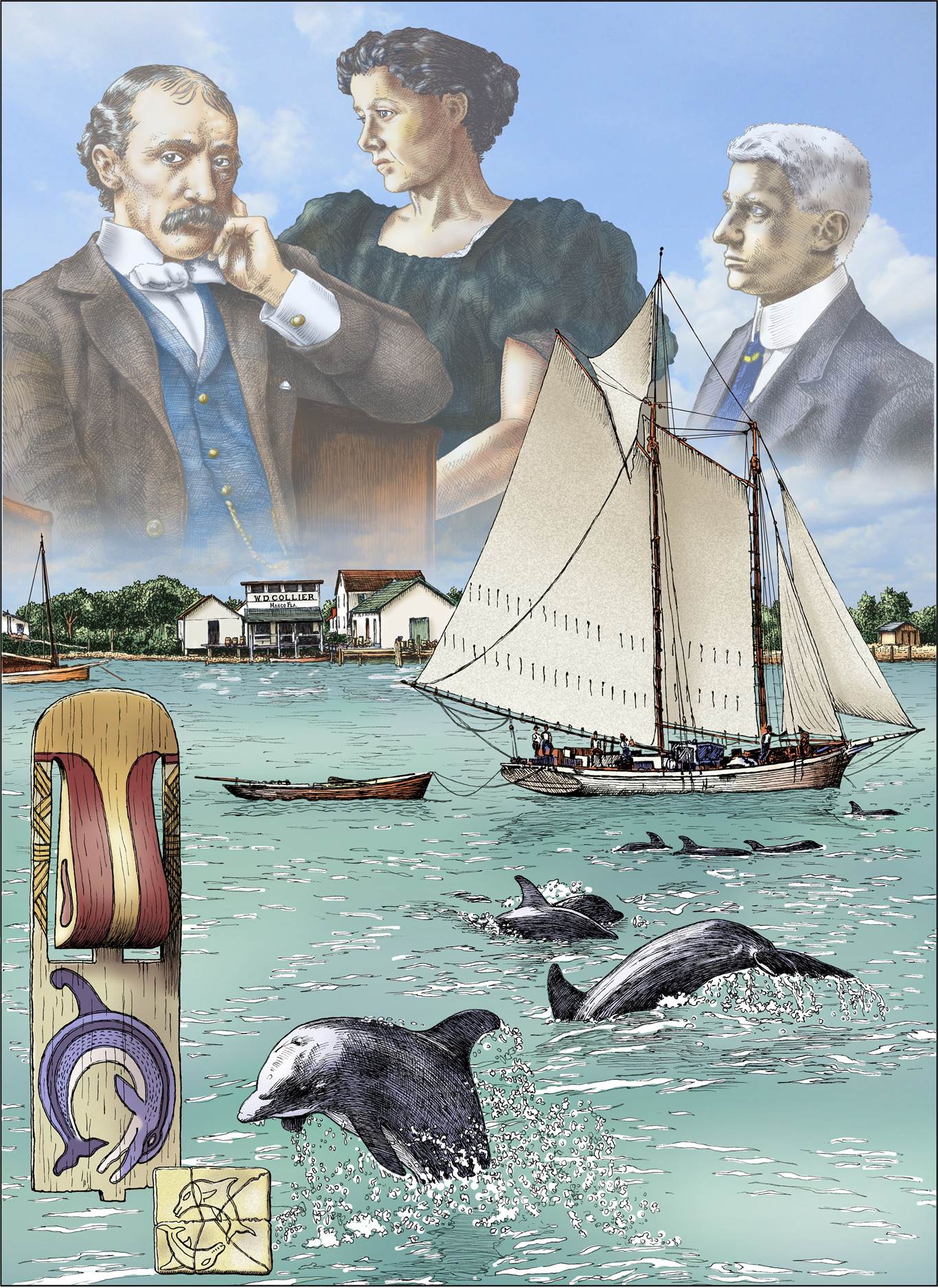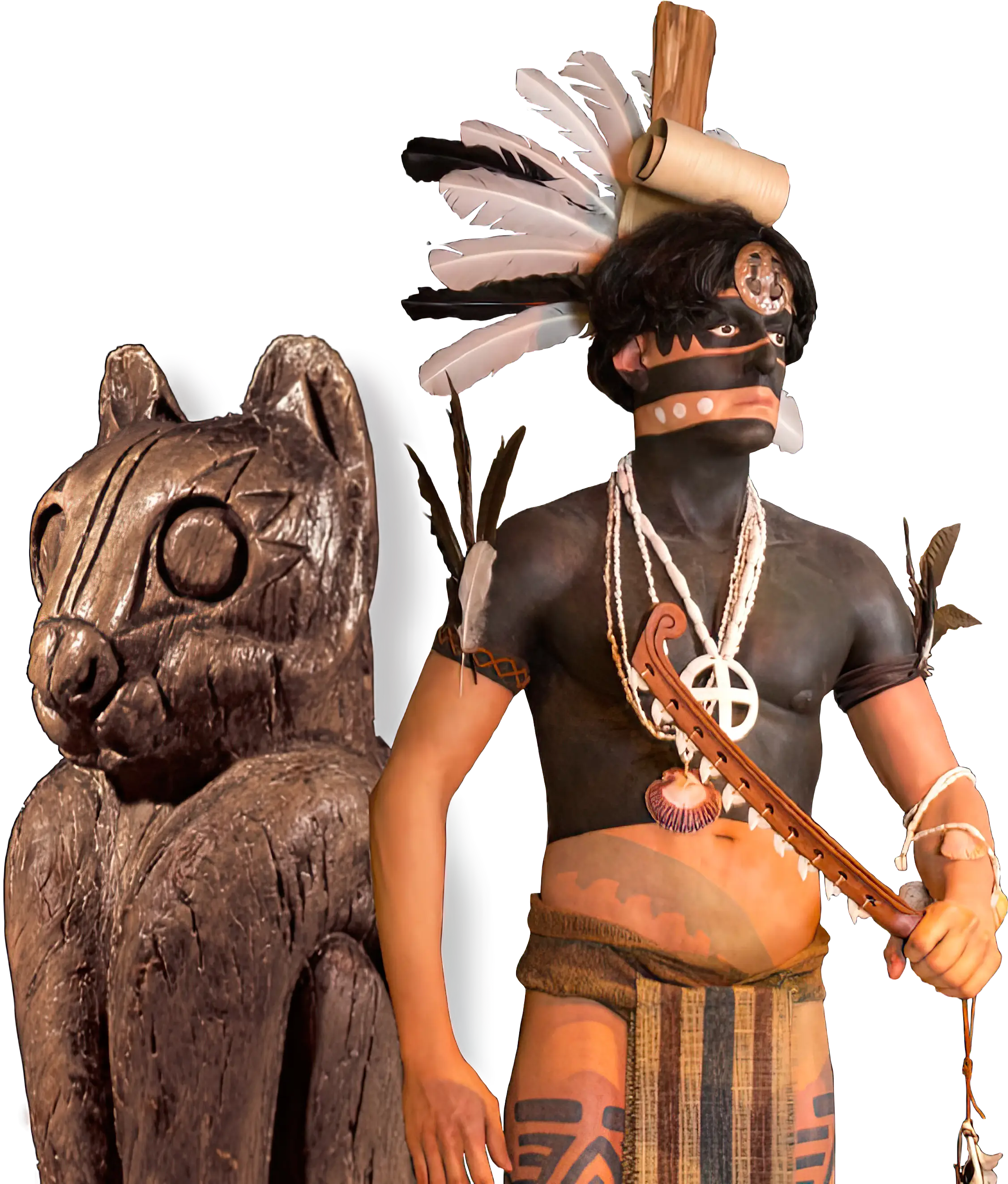The Key Marco Story
In April 1895, retired British lieutenant colonel Charles D. Durnford unearthed several curious artifacts while digging in a muck pit on Capt. William D. Collier’s property at Marco, a small village on the north end of Marco Island. Two months later, after a chance encounter with Durnford at the University of Pennsylvania, Smithsonian anthropologist Frank Hamilton Cushing (1857-1900) was at Marco examining the site in person…
read moreIn April 1895, retired British lieutenant colonel Charles D. Durnford unearthed several curious artifacts while digging in a muck pit on Capt. William D. Collier’s property at Marco, a small village on the north end of Marco Island. Two months later, after a chance encounter with Durnford at the University of Pennsylvania, Smithsonian anthropologist Frank Hamilton Cushing (1857-1900) was at Marco examining the site in person.
Intrigued by his preliminary findings, Cushing led what would become known as the Pepper-Hearst Expedition (December 1895 – May 1896) to Marco Island, which would produce one of the most spectacular assemblages of artifacts in the history of North American archaeology.
For two full months, from February 26 to April 19, 1896, Cushing’s team persisted in excavating the swampy, mosquito-ridden Key Marco site, buoyed by Cushing’s enthusiasm and the spectacular nature of their finds.
Cushing’s discoveries at Key Marco were, as he described, “literally startling.” The artifacts he and his crew unearthed are exceptionally rare, because many are made from perishable materials such as wood, plant fiber, gourd, and natural pigment. Thanks to the unique oxygen-free conditions of a peaty muck on Captain Collier’s property, these centuries-old organic materials emerged from the ground in “almost new” condition.
The Pepper-Hearst Expedition yielded not only spectacular wooden carvings of possible ceremonial importance but also dozens of utilitarian objects. Wooden bowls, float pegs, cordage, and netting – just a few of the artifact types unearthed – were probably as common to the Muspa and Calusa as shell tools and pottery. The fact that they survived alongside more durable artifacts makes Key Marco one of the most wholly “representative” pre-Columbian archaeological sites in North America.
read less
